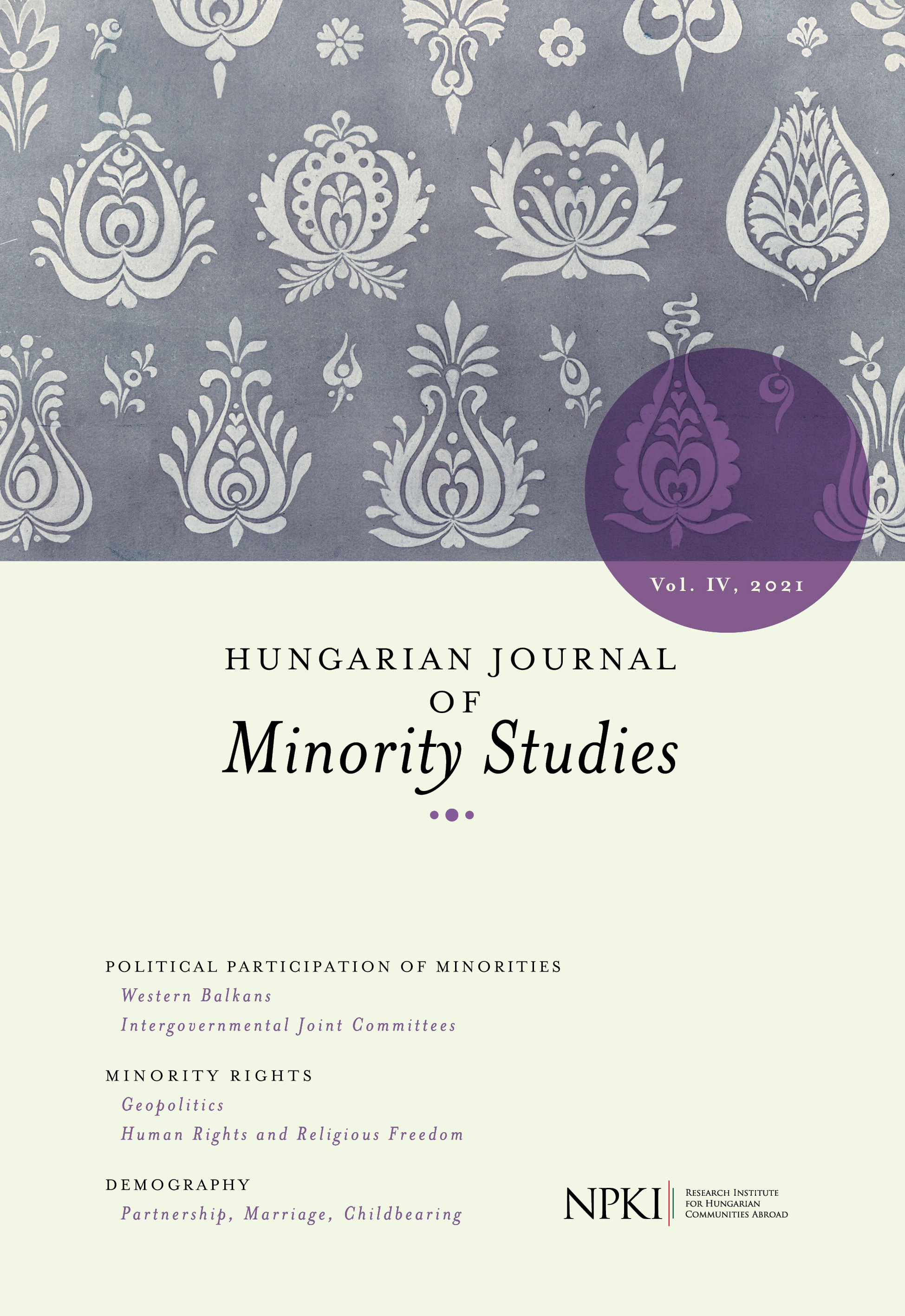This Is How We Live: Facts and Opinions about Partnerships and Marriage
This Is How We Live: Facts and Opinions about Partnerships and Marriage
Author(s): Emese VitaSubject(s): Politics / Political Sciences, Politics, Social Sciences, Sociology, Family and social welfare, Ethnic Minorities Studies
Published by: Nemzetpolitikai Kutatóintézet
Keywords: relationship;childbearing;Hungarians abroad;Carpathian basin;partnership;marriage;
Summary/Abstract: In this study, we had two main objectives in mind. On the one hand, we wanted to give a more general picture of the situation of Hungarians abroad, the connections between relationships and childbearing. On the other hand, in addition to factual issues, we considered it important to examine attitudes and opinions about partnerships, marriage, and childbearing in order to get closer to understanding how partnerships work. For the analysis, we used the data of an extensive survey research conducted in 2018, as a result of which we worked with 2585 valid cases. The target population of the research was the population aged 18–49 of the four major regions across the border, Transylvania, South Slovakia, Vojvodina and Subcarpathia. In the analysis, we pointed out that although the proportion of married people among young adults is relatively low, marriage is the dominant form of relationships in the middle-aged adult population and at the same time, the most common environment for childbearing. The results, with some regional differences, suggest that marriage and family formation are largely postponed to the period after 30 years of age. Signs of the pluralization of partnership and family forms (cohabitation, single-parent families) are most spectacular in South Slovakia, and Subcarpathia is the most traditional in terms of family formation practices. At the level of opinions, the ideas of marriage and the two-parent family model are very important, according to both married and cohabiting people. In addition to the high degree of complexity of the respondents’ ideal marriage image, the dimensions of good marriage ideas also outlined an affective dimension and a cultural homogeneity dimension. In addition to the high degree of relationship satisfaction, however, we found that the gender of the respondents and the status of young children are two important differentiating factors in assessing the satisfaction of a partnership.
Journal: Hungarian Journal of Minority Studies
- Issue Year: 4/2021
- Issue No: 1
- Page Range: 129-151
- Page Count: 23
- Language: English

